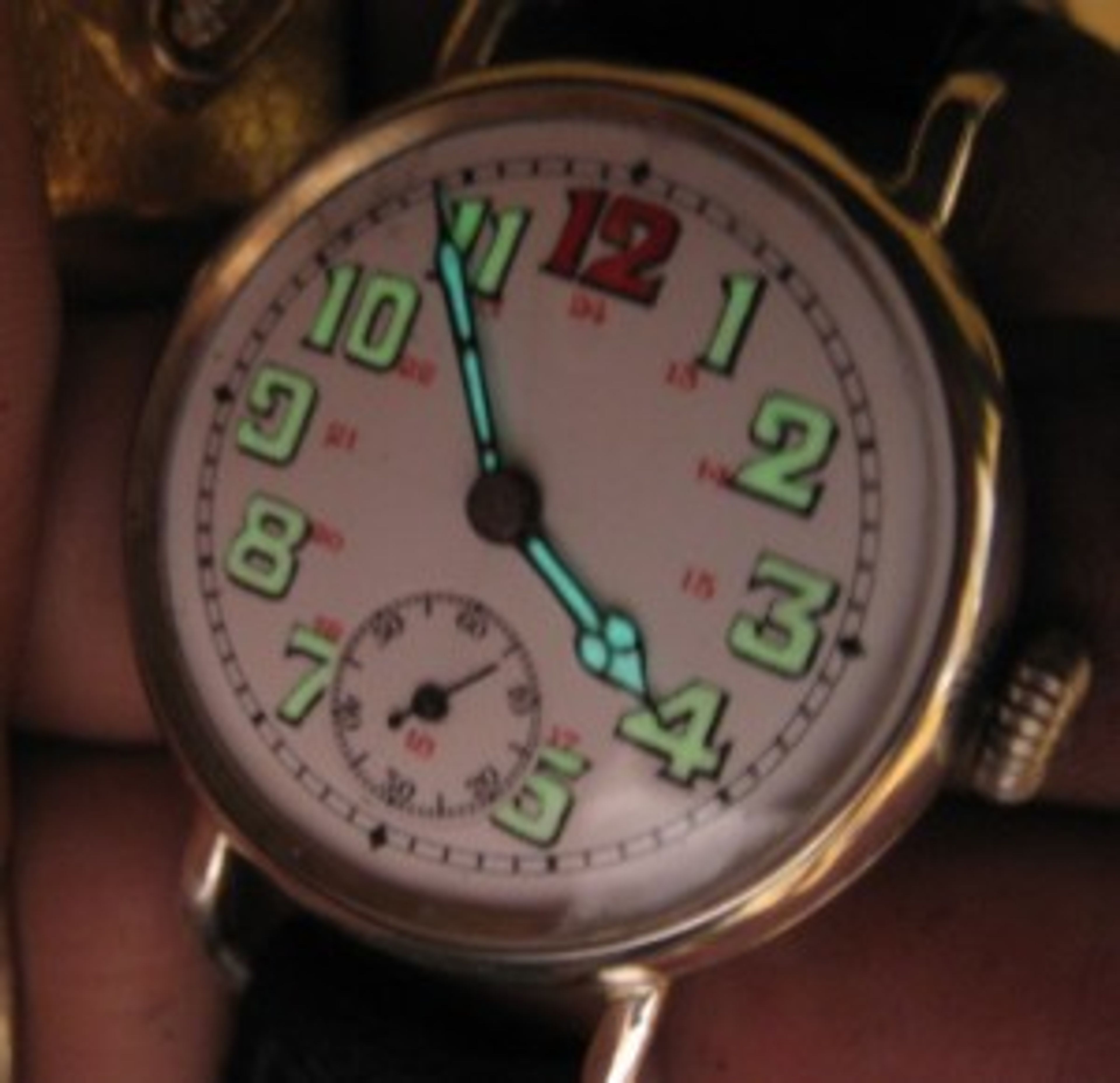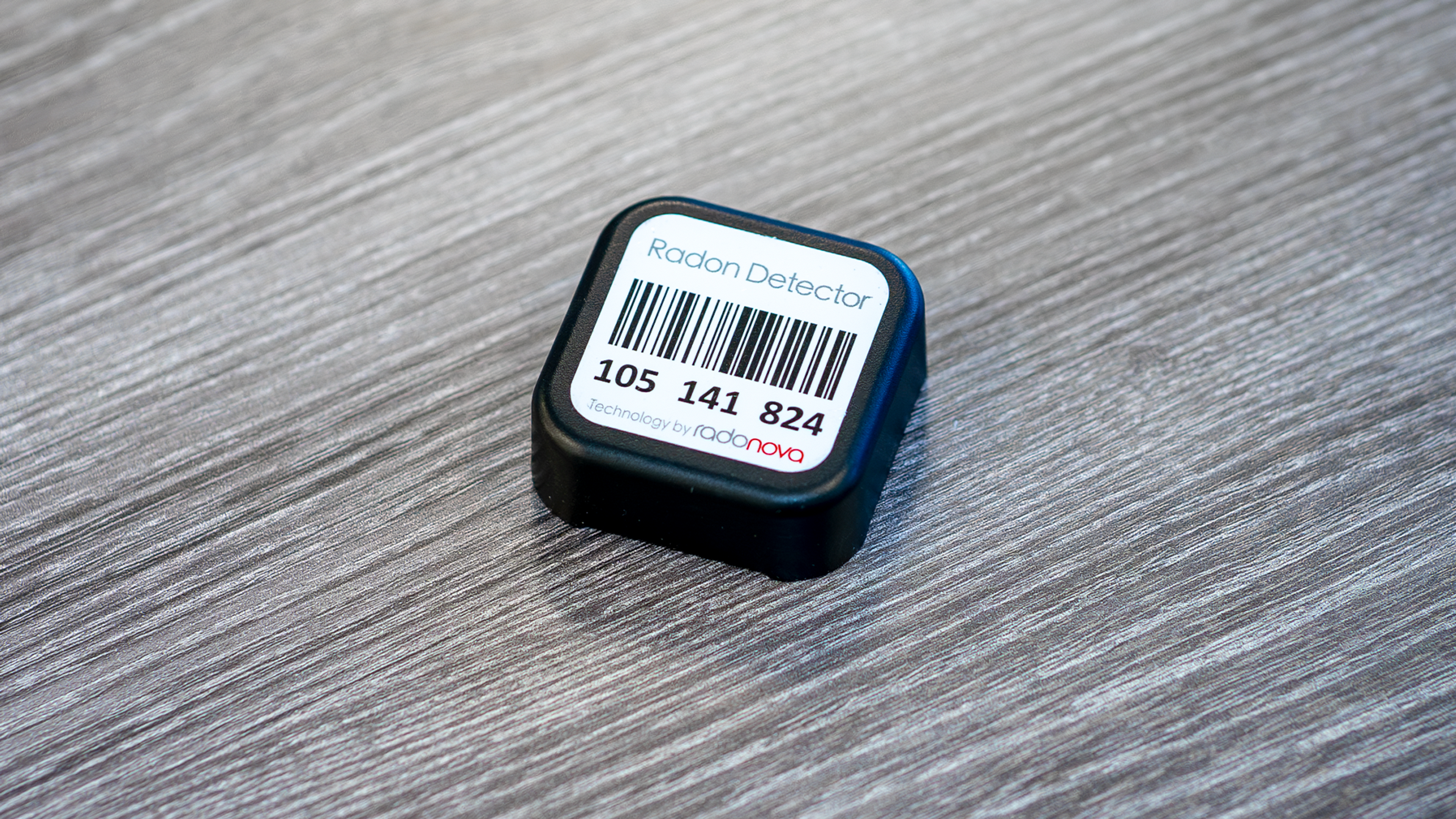

Vintage Illuminated Watches, Clocks and Dials Emitting Radon
In the first decade of the 20th century, scientists developed a way to mix radium 226 with paint to created ‘radioluminescent paint’. Everyone was fascinated by this discovery leading to the application of the paint to clocks, telephones, and even airplane instrumentation panels, enabling the devices to be seen in the dark.
However the new found idea was not without its issues, and by 1925 a group of radium painters, later referred to as the Radium Girls, sued their employer over health issues believed to be stemming from the ingestion of radium through a practice called ‘pointing’ their brushes. Simply put they would lick the ends of the brushes to refine the bristles into a point, subsequently ingesting radium remnants from the brush. As a result, by 1930 ‘pointing’ brushes was no longer done by mouth and incidences of malignancy due to radium was down to zero by 1950. This lead most people to believe that radium was not an issue, unless of course you consumed it.
Fast forward 60 years – researchers from the University of Northampton understand that radium decays into radon gas, so could “vintage” clocks, watches, phones, etc., previously coated in radium paint influence radon gas levels as the radium naturally decays?
The study was performed in a small bedroom and consisted of measuring the radon gas level for a baseline, then adding 30 radium dial watches to the room to see how much the radon level would change, if at all. Upon retesting it was discovered that the room’s radon level rose to 134 times the EPA recommended action level.
In the first of its kind study, this new data indicates a previously unconsidered risk to owning, collecting, and storing radium dial watches or other items that were typically coated in radium-infused paint.
Published
July 25, 2018




